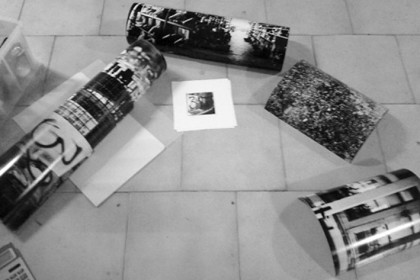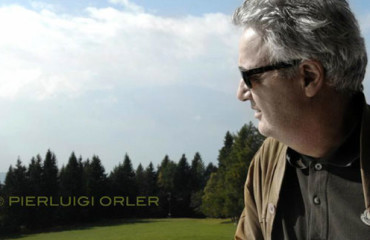
“A Supposedly Fun Thing I’ll Never Do Again” is the title of a book by DF Wallace, but it is a statement that I could use at the end of my career that I want to tell now, although I know full well that I won’t ever believe in the assertion above but rather, if I have the time, I’ll just make it again, and again, and again. Once started, certain things are hard to stop.
I never had any idea of how a book was produced until I put together a photographic project and at the same time decided that the project would give rise to a book … come hell or high water! Naively enough, I thought it would suffice to identify a theme and subject, quickly find a way to take pictures, put them together, do a bit of graphic design, typesetting, and printing.
Yes, but how much does it cost? Who is going to finance the project? Should I use my own financial resources or search for a sponsor? And don’t even bother with a publisher. It’s a lost game from the outset ..and my opponent scores in the first seconds of the first half. Ok. Stop. Step back.
“It was a cold and foggy morning …” actually it was – in November of 2007.
Since “handling” cameras have always been very sensitive to the historical and collective memory of the community – despite the collective memory is actually built on many small subjective images, I realized that you couldn’t know where to go without knowing where you started from, the roads and the mistakes made by yourself and by others who have influenced your life. In other words, if you ignore where you come from, you can hardly be the master of your destiny.
These thoughts came back to me this morning as I read in a magazine about green architecture an article on disused industrial land, in technical jargon identified as “brownfield”. Unlike the analysis in that article, my idea was more concerned with the concept of work community and the cultural, social and economic relevance that the development of those industries has brought about in the territory in which they operated.
Behold, at that time the project Brownfield was born, a photographic project of “social archaeology” which tells the story of the work community that was born, lived and died in the largest glass factory in Italy, the former Bormioli Rocco of Parma, and the imprint that both (community and factory) left in the urban, historical, social and economic development of the territory.
I literally harassed all the people I knew and all those I did not know but that could be useful to access the facility. In the end, perhaps out of exhaustion, I managed to do so. It is May 2009. I find myself in a place whose size and condition overpowers me, an abandoned area of 120,000 square meters, emptied of content, where there was only the energy of fire, of effort, of the “machine” that dominates man. At every step, at every turn, everything told me a story, with the same impatience of a grandfather who wants to tell his life to his young nephew. Thus, I “lost” myself for two months in what was left of that “hypertrophic” machine to tell the story I had in mind.
Five years after its release, in October 2012, Brownfield has become the book / object in a limited edition of 300 signed and numbered pieces that you can find in the Fermoeditore catalogue (www.fermoeditore.it)
 English
English  Italiano
Italiano 


